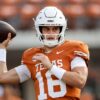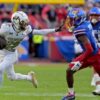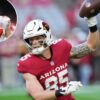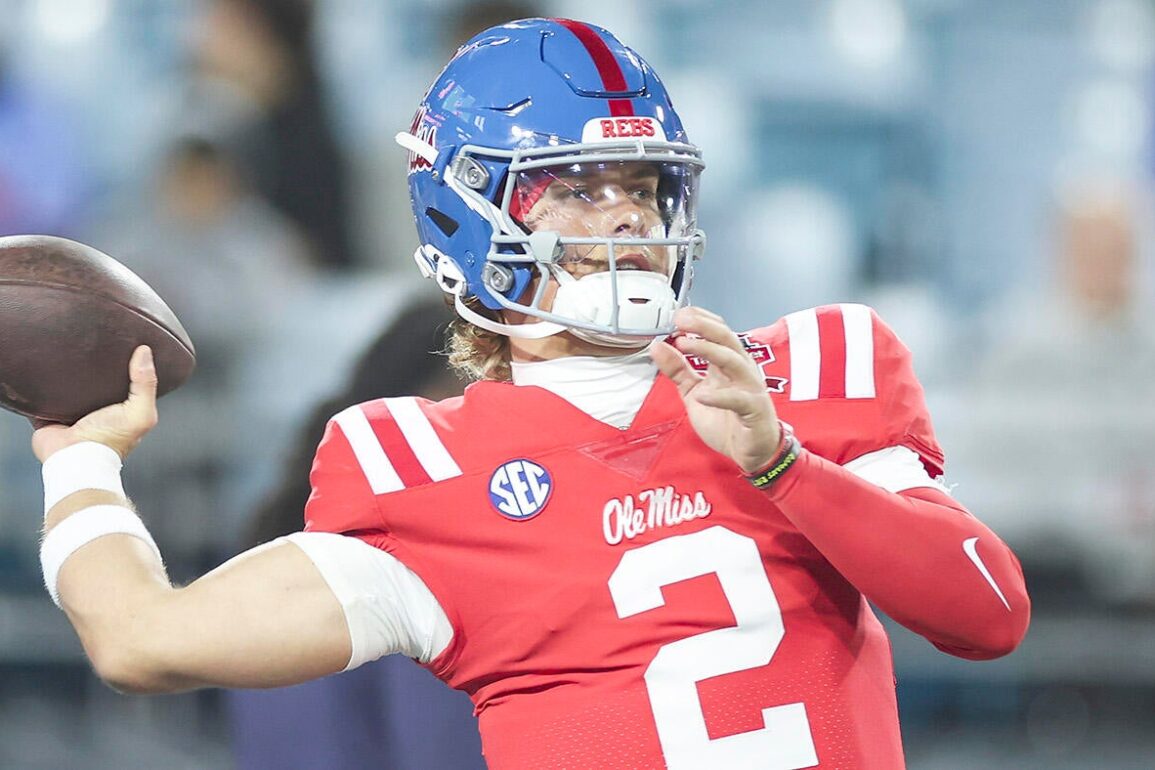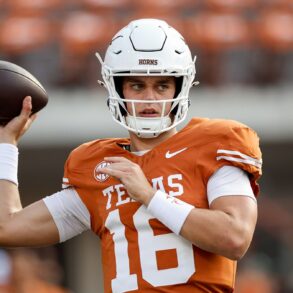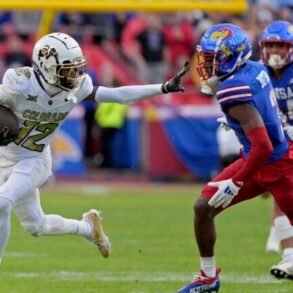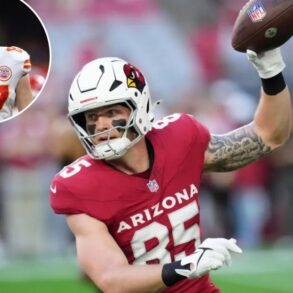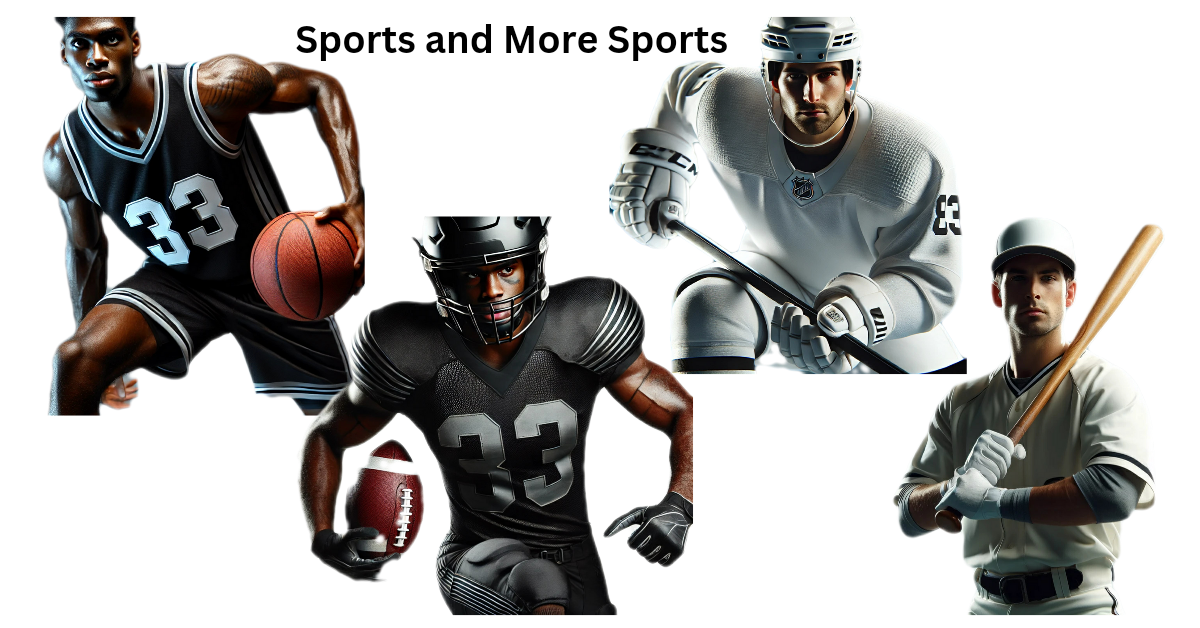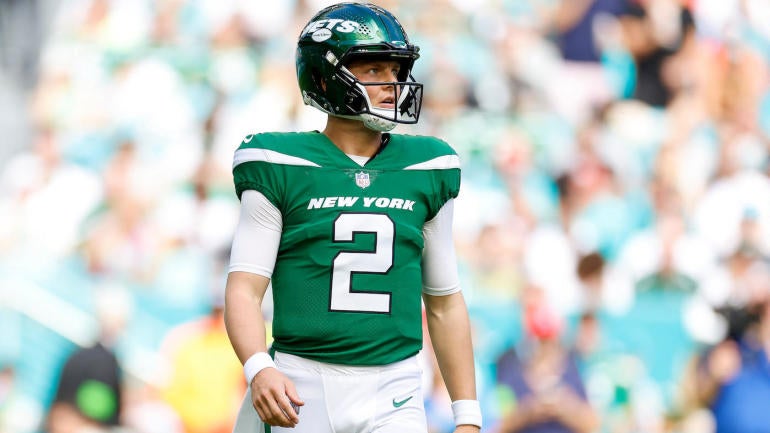
It’s a real challenge to find the word that best describes the difficulty of evaluating the quarterback prospects in the NFL Draft. At times, it feels impossible to get those predictions right at the most vital position in football.
Even as the position has seen easy, quick-game throws become foundations of every professional offense, we’ve yet to see an uptick in ultimately correct evaluations at the quarterback position from the media landscape, and despite more data than ever, the NFL at large hasn’t experienced an uptick in assessment accuracy early in the draft.
And oftentimes the “whiff” on a quarterback seems almost instantly apparent … after months of NFL decision-makers assuring that passer was indisputably worthy of being a first-round selection. Let’s call it Quarterback Unique Instant Buyers’ Remorse (QUIBR).
Here, I’ll explore the QUIBR phenomenon– venturing educated guesses on how and why it happens before providing humble suggestions as to what teams can do to never, ever experience QUIBR in the future. Of course, I’m positive I don’t have the ultimate answers here. No one does. But below you’ll get my very best ideas on this fascinating topic.
Misinterpreting production
Starting with this because it has long felt most paramount to the QUIBR pandemic in the NFL. The league at large values traits like gold. And it’s moved past using completion percentage or touchdowns as needle-moving metrics in the decision-making process.
But we all understand how college football is “ahead” of the NFL when it comes to schematic wrinkles. And at the collegiate level, 90% of the time, those new ideas are offensive-centric. Their typical aim is to maximize productivity in the face of lacking athleticism or pure talent.
The read-option. The spread formation. The Air Raid. The RPO. Just to name a few. They were all born in college, all put new stressors on a defense, and all generated radical boosts in efficiency for the players within those schemes that pushed the limits on offense.
But they rarely created high-caliber prospects out of thin air. There’s a reason draft analysts stress traits, almost ad nauseam. Because in most instances, those quarterbacks can’t take the advantages afforded to them in their collegiate offenses to the NFL.
There’s a reason Michael Crabtree’s quarterback at Texas Tech, Graham Harrell, who averaged more than 5,000 passing yards per season and threw 131 touchdowns in three years as the Red Raiders starter, only had a cup of coffee in the NFL.
College football legend Tim Tebow couldn’t stick as a passer in the NFL. In fact, none of the Top 6 in career passing yards in college football history have experienced clear success in the NFL. Of the Top 10, Bo Nix is the only viable starter.
Too often production at quarterback — even the advanced metrics — is misinterpreted for professional promise, when said production in college is due to everything but the quarterback’s individual ability.
Incomplete experience
The misinterpretation of production isn’t solely scheme-related but undoubtedly factors into QUIBR. Quarterback evaluations go wrong because of too cozy collegiate environments that don’t provide “real-life” experiences for a passer and mask his weaknesses in the process.
Mac Jones followed Tua Tagovailoa at Alabama, replaced him in-season when Tagovailoa got injured, and started the following year at Alabama.
Tagovailoa’s efficiency seemed untouchable in the SEC — 71.4% completion at 11.3 yards per attempt in 2019. In his two seasons as the full-time starter, a combined 76 touchdowns to a mere nine interceptions. Rare air.
Jones immediately scoffed at those marks, completing 77.4% of his throws, at the same yards-per-attempt average with 41 touchdowns and four interceptions.
The problem? Jones threw to four future first-round picks during his time as the Crimson Tide starter — Jerry Jeudy, Henry Ruggs, Jaylen Waddle, and Devonta Smith. Ridiculous. On every drop back, Jones had an unprecedented advantage in his receiving corps no NFL team could ever replicate on Sundays.
And, of course, this same incomplete experience occurs for quarterbacks regarding pressure. Zach Wilson was pressured on 21.6% of his drop backs in his final season at BYU. Mitch Trubisky, 25.5% in his lone season as North Carolina’s starter.
No wonder both of those quarterbacks thrived on their way to becoming serious NFL prospects. They may not have been throwing to wide-open receivers often, but they did so from a within the friendly confines of the pocket 75% of the time or more. In the NFL, those cozy pockets don’t occur on three out of every four drop backs. Period.
For example, in 2024, half (21) of the 42 qualifying quarterbacks were pressured on at least 35% of their drop backs, which represents a drastic difference over the course of an entire season compared to Wilson seeing pressure on fewer than 22% of his drop backs with the Cougars in 2020.
We watch the collegiate film of these quarterbacks to determine their value as NFL players when in many instances they aren’t experiencing anything remotely close to life in the NFL whatsoever.
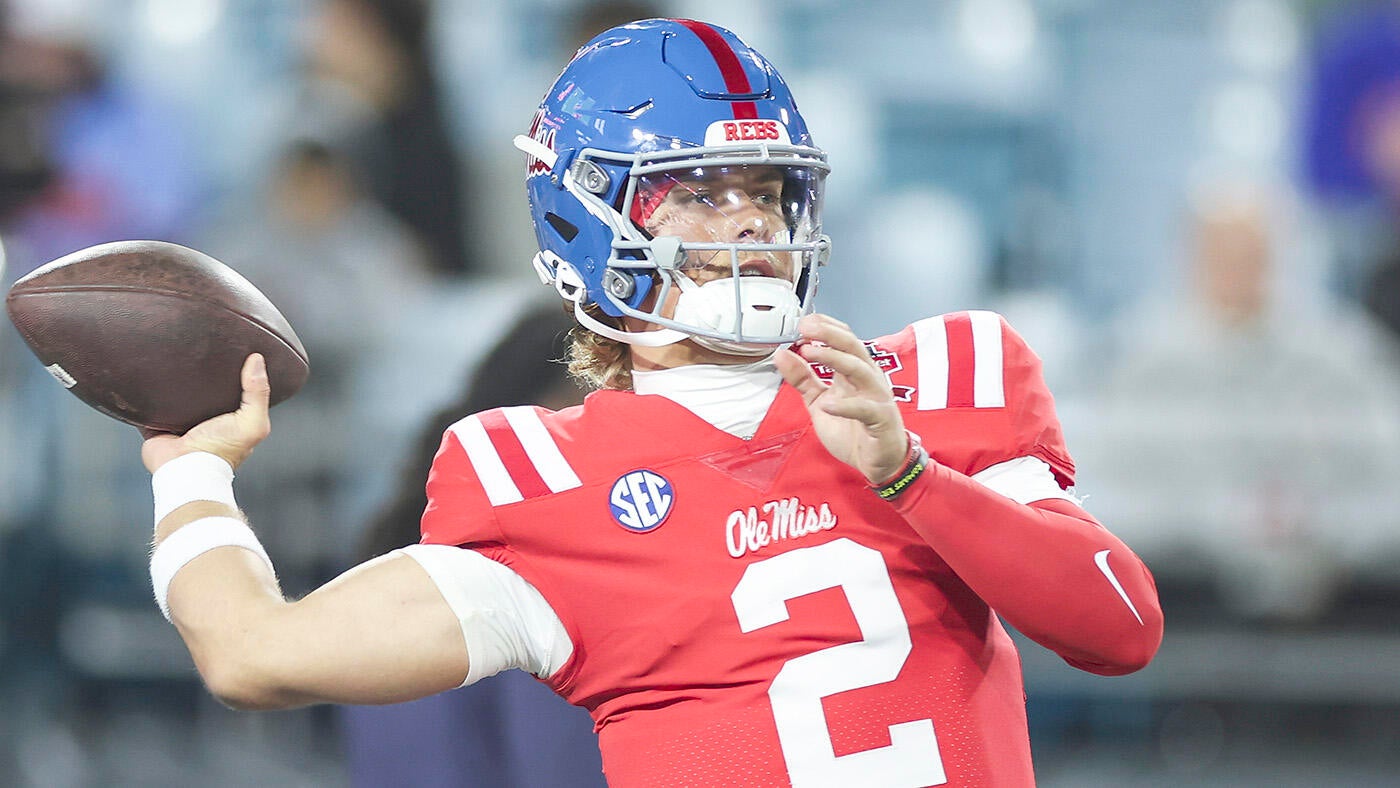
Trait degradation
The third element of QUIBR is what I’m labeling as trait degradation. And it’s simple. Collegiate quarterbacks appear to have standout traits on the collegiate football field, yet when the talent level is raised exponentially in the NFL, those standout traits are not so standout anymore.
Marcus Mariota is a fine example here. Sure, he tested like an elite-level athlete after a decorated, Heisman-winning career at Oregon.
So much of his game and with the Ducks — and appeal as a prospect — was predicated on keeping the ball on zone-reads and outrunning everyone in the Pac-12. Even with 4.52 speed, that never felt that fast on film, Mariota wasn’t more athletic than everyone else on the field anymore once he got to the NFL.
Those 30-40 yard scampers essentially vanished. He had to rely on his arm much more. And his arm strength was average by NFL standards And suddenly, his offensive coordinator wasn’t throwing something completely new at the opposition every week. Mariota’s cautionary tale is twofold. He had incomplete experience at Oregon and flopped because of trait degradation in the NFL.
The same is true for Johnny Manziel, who ran read-options and out-scampered SEC defenders when he wasn’t throwing prayers to Mike Evans downfield that were routinely answered by the future Hall of Famer. Of course, a lack of maturity factored into Manziel’s NFL demise, but I’m convinced he didn’t have the physical goods to make it in the NFL anyway.
There’s a reason only two or three quarterbacks are legitimate running weapons in the NFL. You have to be in the top 1% of the top 1%, a freak of freaks. Being a plus athlete at the collegiate ranks, even in the SEC, doesn’t automatically transfer to the NFL. This principle applies to arm strength and accuracy too because windows close significantly faster in the NFL than they do in college.
And there are instances when all three of these components mix together to blind us completely. Sam Darnold exemplifies this. Throwing to JuJu Smith-Schuster in 2016 — while being pressured on just 24.9% of his drop backs — many misinterpreted Darnold’s production while he got incomplete experience then clung to his status as an elite quarterback prospect throughout the following season at USC.
In that season, Darnold led the NCAA in turnovers, showing clear signs of problems against pressure. But it was too late. The collective mind of the NFL Draft world had made up its mind. That overconfidence suppressed clear indicators of massive issues against pressure from Darnold and his good but not great athleticism.
Isolate to thrive
More than anything else, to avoid QUIBR, I believe NFL teams have to make a concerted effort to entirely isolate what a quarterback does on a given play, on a series, throughout a game, throughout a season, and in his college career.
Never mind the brilliant new wrinkle that’s freeing receivers on a regular basis to provide easy, first-read throws. Look past the future Top 10 selection at tight end and the pair of Day 2 selections at receiver along the super-sturdy offensive line.
Because the margins are so much more narrow in the NFL than in any other collegiate conference. The receivers aren’t going to be schemed open as frequently. They aren’t going to naturally get separation with explosiveness and speed alone, and the offensive line isn’t going to provide clean pockets close to 80% of the time.
Distilling what a quarterback did-not just how difficult it was but also its comparability to the NFL-will help in the effort to eradicate the dreaded Quarterback Unique Instant Buyers’ Remorse.
This post was originally published on this site be sure to check out more of their content.


